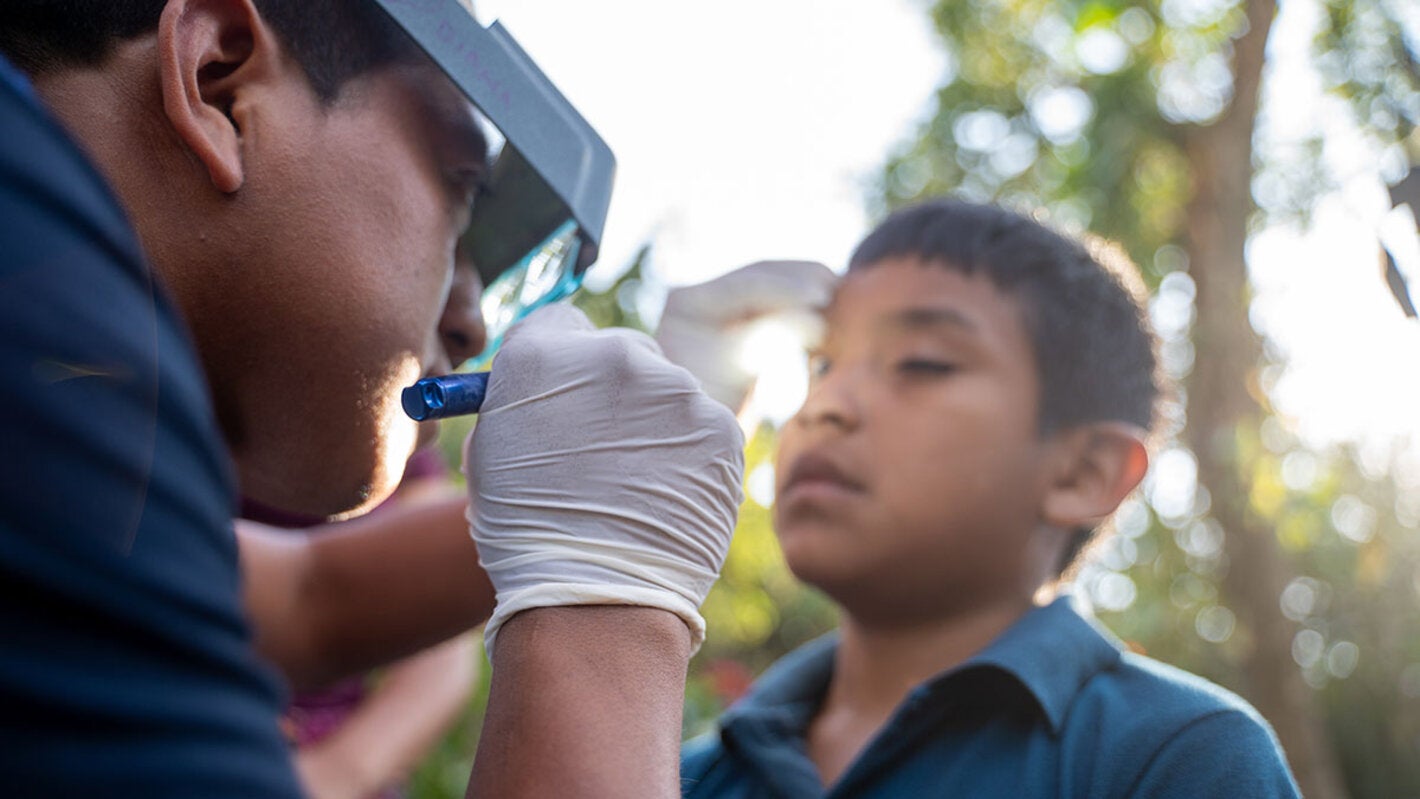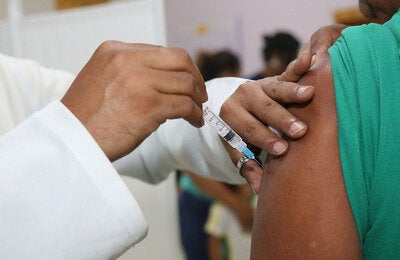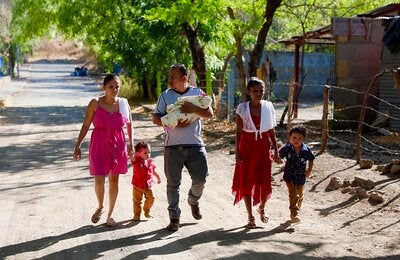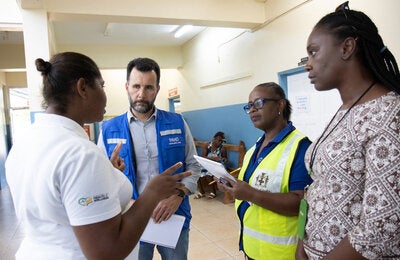
Washington, D.C, 23 June 2025 (PAHO) – More than 60 communicators from the country offices of the Pan American Health Organization (PAHO), and delegates from the Ministries of Health of Bolivia, Brazil, Colombia, Ecuador, Guatemala, Mexico, El Salvador, and Venezuela participated in the online workshop Let's Talk About Trachoma: Communication That Transforms Communities, held Friday, 20 June 2025.
Respect, dialogue, inclusion, and interculturality were the keywords, in a dynamic that enabled workshop participants to share their ideas and experiences regarding communication work involving rural communities and indigenous peoples. With these keywords in mind, the event began as part of the Initiative for Trachoma Elimination in the Americas, a partnership between PAHO and the Government of Canada.
During her presentation, Sandra Talero, regional coordinator for the Initiative, explained what trachoma is, who is affected, how it is transmitted, and why it is so important to prevent this disease. “Trachoma is the leading infectious cause of blindness worldwide. The chronic form of the disease can cause visual impairment and irreversible blindness. It is one of the neglected diseases that occur in vulnerable and remote communities that lack adequate access to basic services, such as water, education, sanitation, and health care,” said Dr. Talero.
To address the challenges and opportunities of health communication in combating neglected diseases, a panel of experts was held with the participation of the following representatives from the Ministry of Public Health of Ecuador: Christian Yaguana, Director of Communication; Yesenia Herrera, a health communicator; and Rosita Tiupul, a specialist in intercultural health promotion. Sandra Mallo, a PAHO communications consultant in Bolivia, and Manuel Ruiz Rico, a communications and knowledge management specialist from the PAHO Department of Social and Environmental Determinants for Health Equity, also shared their experiences.
Boris Barrios, a PAHO health communicator, shared his experience in communication coverage in Guatemala, which is the country in the Region that is closest to eliminating trachoma as a public health problem. Sara Zamora, an anthropologist in charge of the sociocultural adaptation processes of the SAFE strategy for the elimination of trachoma in the department of Amazonas, Colombia, presented the actions undertaken and lessons learned using a community approach, as well as participation strategies and the collective design and production of materials for intercultural education and communication.
The workshop was closed by Leticia Linn, PAHO Director of Communications, who emphasized the importance of health communication in achieving such a broad goal as eliminating a disease like trachoma, and, in this context, the crucial role played by communicators from the Ministries of Health. “You are the ones who are able to reach these more remote communities, which are the most affected by trachoma, and who have been developing, time and time again, different communication strategies to bring effective messages to these communities, and assist in the elimination of this disease,” she said.
Trachoma is one of the 30 diseases and related conditions that PAHO has proposed to eliminate by 2030 as part of the Diseases Elimination Initiative, an innovative policy that is promoting an integrated and sustainable approach to accelerate progress toward elimination goals in the Region of the Americas.



